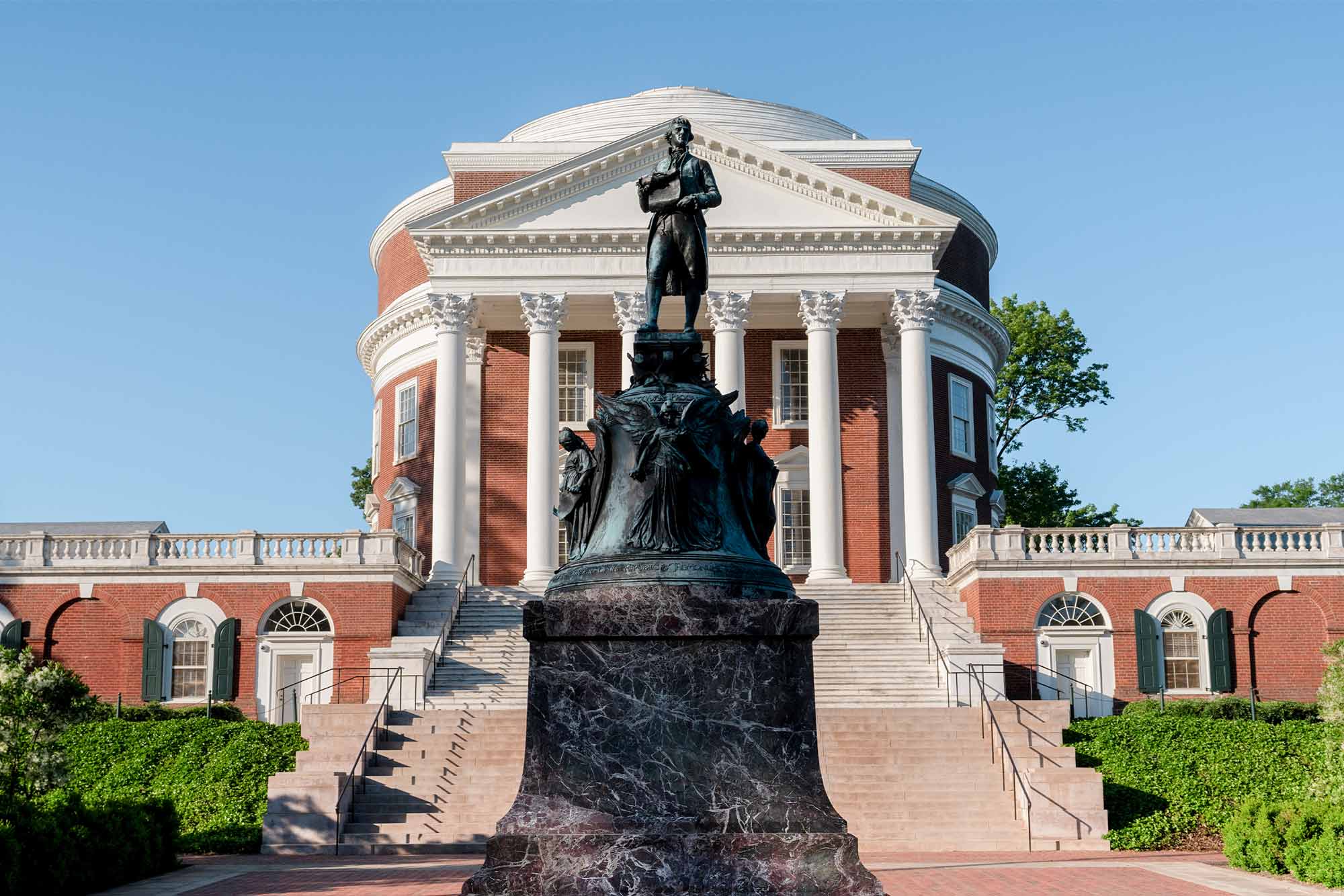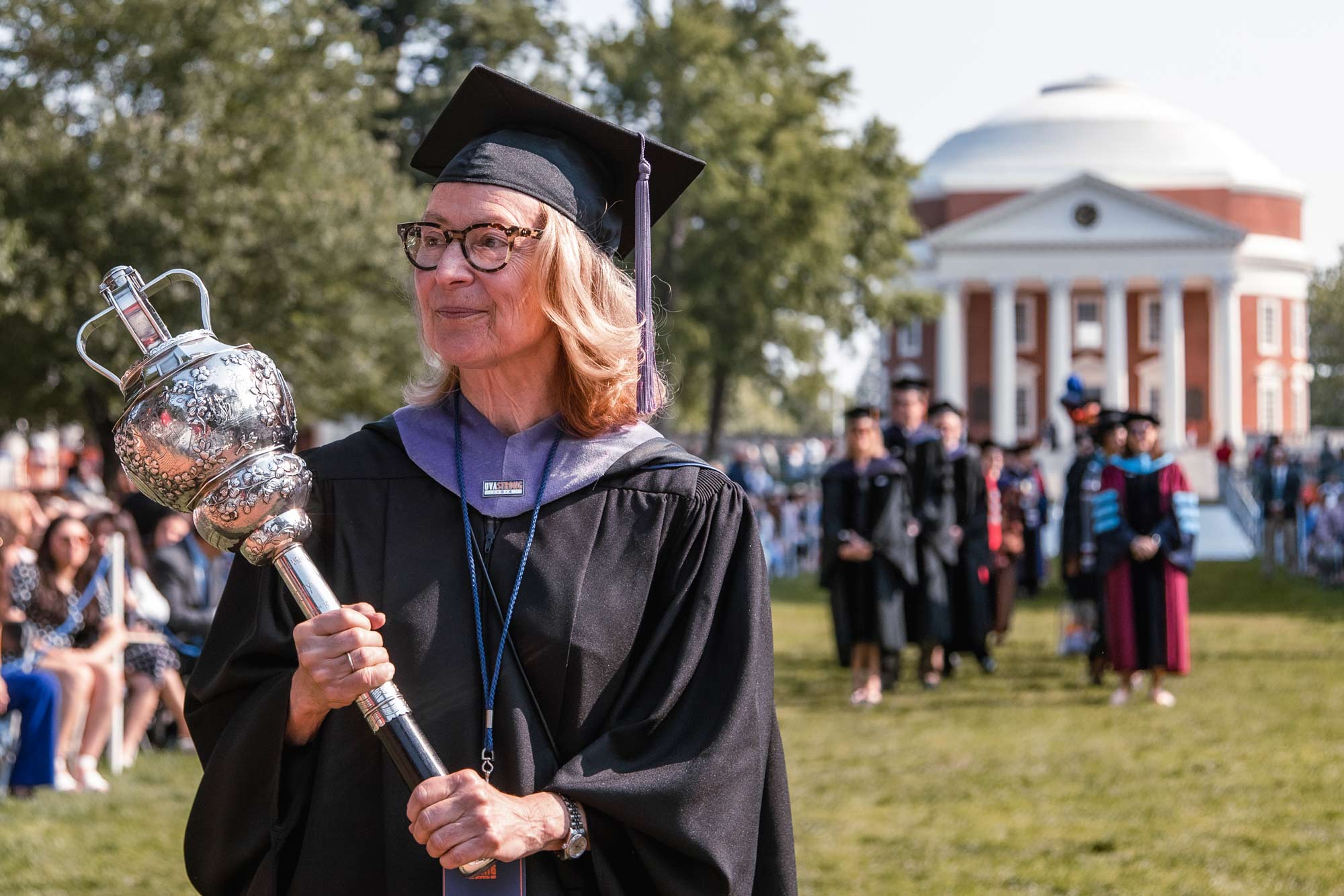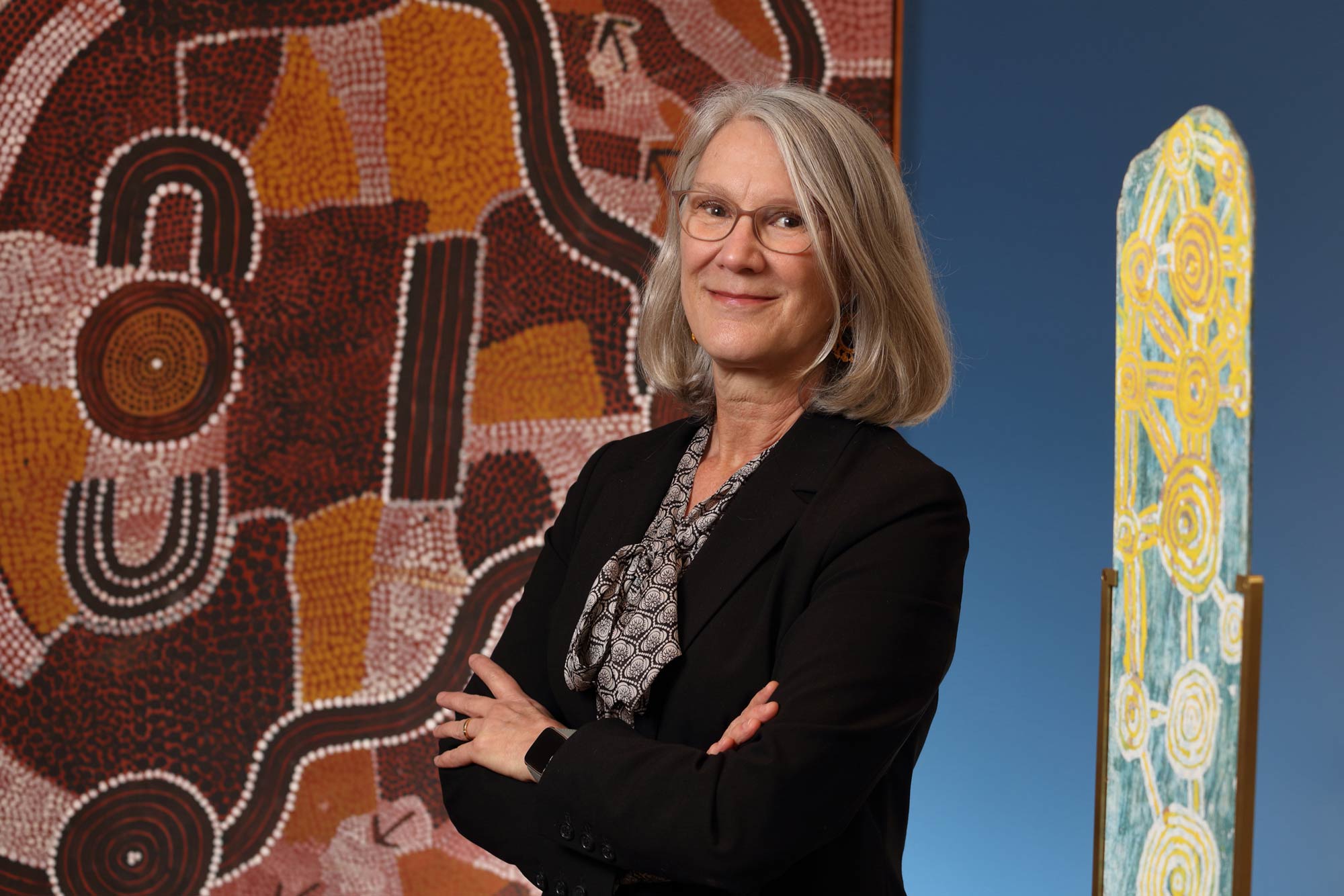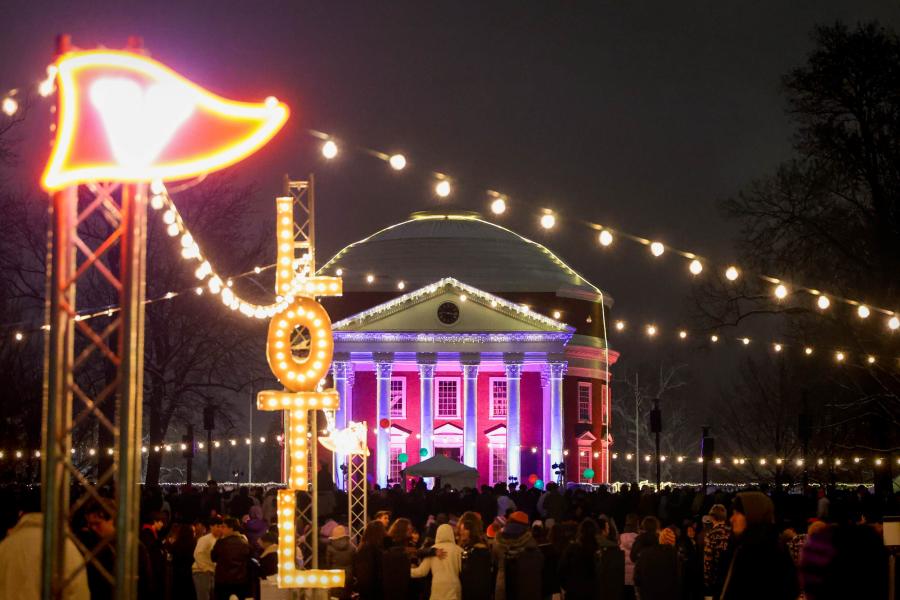In 2012, former President Barack Obama appointed Meyer to the U.S. Commission of Fine Arts. She served as the commission’s vice chair from 2017 until 2021, when she left the body.
She was named a fellow of the American Society of Landscape Architects in 2003 and inducted as a fellow of the Council of Educators in Landscape Architecture in 2012, the council’s highest honor. In 2019, she received the Vincent Scully Prize from the National Building Museum, for “exemplary contributions to the built environment in practice, scholarship, or criticism.”
She is the founding director of the UVA Center for Cultural Landscapes and the inaugural faculty director of sustainability at Morven Sustainability Lab.
Meyer’s accomplishments go beyond the academic and extend into practice.
“Beth’s research bridges landscape architecture theory and practice and invites us to think critically about what lies between assumed binary oppositions such as art and science, urban and rural, and architecture and landscape,” Provost Ian Baucom said
Meyer said winning the award was an honor.
“I was flabbergasted,” Meyer said. “I am thrilled that a landscape architecture scholar – someone whose medium, lens and subject is landscape – has been recognized for this award.”
Margo Smith
When Margo Smith agreed to catalog John Kluge’s collection of Aboriginal art in 1995, she didn’t think she would end up as the director of the Kluge-Ruhe Aboriginal Art Collection.
“It brought me back to something that already existed in me: a real love of art,” she said, “but also a lot of interest and eagerness to learn about other cultures.”
After sorting through the collection, Smith and Howard Morphy, an expert in Aboriginal art and professor at Australia National University, persuaded Kluge to donate the works to the University, “despite Mr. Kluge’s earlier inclination to establish a private museum,” wrote Smith’s nominators from the Kluge-Ruhe Advisory Council.







